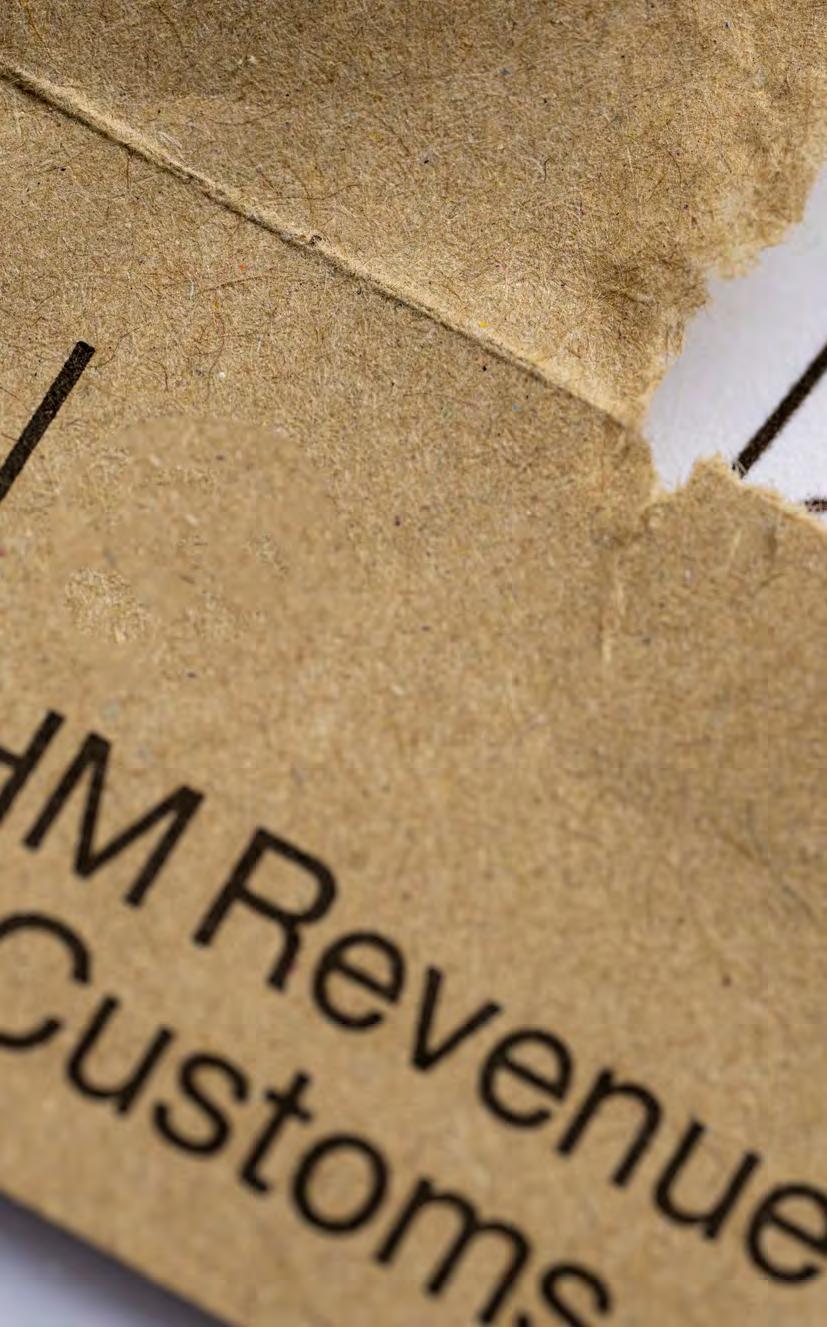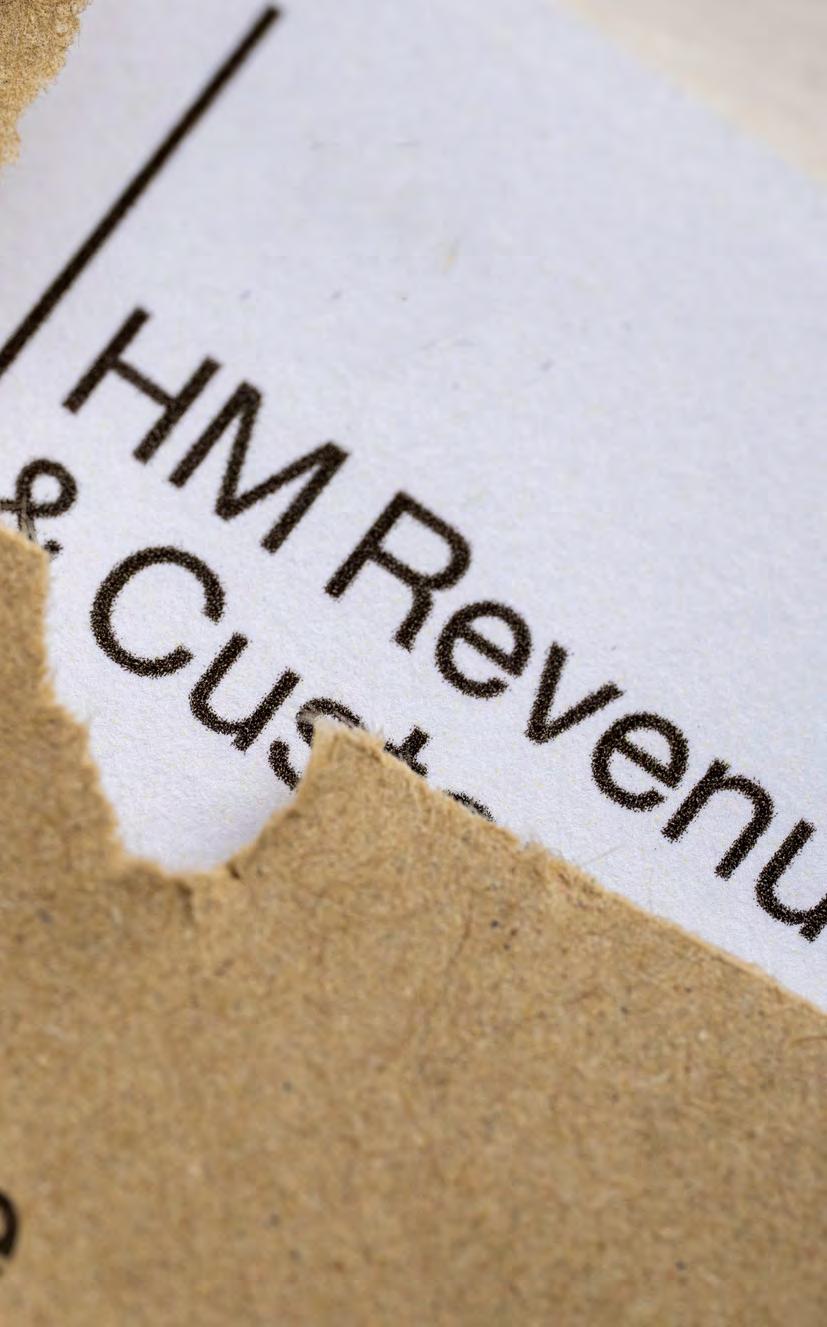
5 minute read
HMRC charity tax compliance consultation
At the end of April HMRC released a consultation considering charities tax compliance. This focuses on areas in which HMRC believes there is currently a lack of compliance. These are expanded on below.
The consultation document sets out four areas for change:
Self-assessment tax returns
At the moment HMRC usually requests a tax return every few years, although some charities are asked to file each year. HMRC are concerned that some charities do not respond to the notices. The filing of returns gives comfort to HMRC that charities are considering their tax position and are comfortable that they are still eligible for the reliefs. HMRC’s concern is that without these returns, some charities may be continuing to claim reliefs, such as Gift Aid, when they may not be eligible. HMRC is proposing to withhold Gift Aid and disapply other tax reliefs from charities that have fallen behind on their filing obligations. HMRC are interested in views on this approach, including, for example, whether small charities should be treated differently to larger charities.
Non-charitable expenditure
When a charity incurs expenditure that is not charitable, HMRC is entitled to claw back some or all of the tax relief given to the charity equal to the amount of the non-charitable expenditure (NCE). HMRC is concerned that there are some circumstances where it is not able to claw back enough past tax reliefs and wants to alter rules to address this. They give the following example:
A charity has Gift Aid income of £20,000, bank interest of £5,000 and legacy income of £10,000. If the charity spends £15,000 on charitable expenditure and £40,000 on a non-charitable loan, it would lose all the available tax relief (£25,000) but it will have an excess of non-charitable expenditure of £15,000. In these circumstances HMRC is entitled to ‘carry back’ the excess non-charitable expenditure to an earlier accounting period for further claw back of tax relief from the earlier period(s). However, rather than being able to claw back the full £15,000 in this example, it can only seek a claw back of £5,000. This is because £10,000 out of the £15,000 is ‘matched’ to the legacy income (which did not receive any tax relief in the first place).
HMRC has two areas it would like to address:
▪ It would like to be able to claw back what they refer to as the ‘right amount’ (in the above case, the full £40,000) by extending the definition of the charity’s income that is subject to claw back.
▪ It can only go back 6 years, so HMRC may not be able to claw back all of the tax relief.
HMRC says that it would like to consider amending the current rules “to ensure HMRC are able to collect the right amount of tax due should there be significant excess non-charitable expenditure”.
Investments that are ‘qualifying’ as charitable expenditure
A charity’s loans and investments must be classed as ‘qualifying’ if the investment is not also to be classed as ‘non-charitable expenditure’. For example, an investment in a risky private venture could potentially be an unapproved investment. Charities should invest excess funds responsibly to generate a financial return, which provides funds to advance their charitable purposes.
The income and corporation tax legislation has a list of 12 types of approved charitable investments. Charity investments under Types 1 to 11 are automatically approved by HMRC and are exempt from rules on non-charitable expenditure. Type 12 (any loan or other investment made for the benefit of the charity) requires an officer of HMRC to be satisfied, on a claim, that the loan/investment is made for the benefit of the charity and not for the avoidance of tax.
HMRC has highlighted that there are some investments within Types 1 to 11 that really should not be treated as ‘qualifying’ (or ‘charitable’) expenditure’. For example, a charity purchases a foreign property which is used as a holiday home by the charity’s trustees for their sole use, whilst providing no benefit to the charity. This is a Type 3 investment, being land/property and the wording of the legislation makes it difficult for HMRC to challenge the investment.
HMRC’s proposed change is to make it a requirement that all Types must be made for the benefit of the charity and not for the avoidance of tax. Types 1 to 11 will still qualify without needing a claim but charities will be required, if asked, to justify any investment they make and demonstrate how this benefits the charity.

Tainted charity donations
A donor should not receive a benefit from their donation, other than the de-minimis benefits that form part of the Gift Aid rules which are there for largely administrative convenience.
HMRC is however always concerned about elaborate ways in which a donor or someone close to them may receive a benefit from a donation while still receiving tax relief.
The Tainted Charity Donations (TCD) rules are designed to catch those donations that meet three tests:
▪ Condition A – the donation to the charity and arrangements entered into by the donor are connected
▪ Condition B – the main purpose of entering into the arrangements is for the donor, or someone connected to the donor, to receive a financial advantage directly or indirectly from the charity
▪ Condition C – the donation is not made by a qualifying charity-owned company or relevant housing provider linked with the charity to which the donation is made.
Where the conditions are satisfied, tax relief on the donation can be denied (including higher rate relief otherwise claimable by a higher or additional rate taxpayer). As long as the charity is not a party to tainted donation arrangements, it is not required to repay any Gift Aid.
HMRC gives a couple of examples of problem areas:
▪ a donor makes a significant donation to a charity that they control, which allows the donor to claim higher rate relief and the charity to claim Gift Aid on the donation and the charity then returns the funds to the donor, or a connected person, by way of a loan with a commercial rate of interest. The loan may never be repaid and is eventually written off.
▪ donated funds are reinvested into a donorcontrolled company or fund. Although investments are a legitimate way for charities to generate additional income on any excess funds, the donor can claim higher rate relief on the donation even though the arrangements may not benefit the charitable purpose as the donation may have been made solely to claim relief, before re-investing the donation in a donor controlled company or fund. (If, on objective grounds, the investment is a good solid one then the donation it may not be tainted).
HMRC proposes three possible alternatives:

1. Replacing the TCD rules with a new rule that would: a. Ensure that arrangements made in relation to a donation are for the benefit of the charity and not the donor b. Potentially limit the amount of financial assistance provided to a donor. Where these limits are breached, the donation would be treated as chargeable income and charitable reliefs would be reduced by a corresponding amount.
2. Remove Condition B, above. Removing the need to show that the main purpose of the arrangements is to benefit the donor would mean that HMRC could challenge any donation that provides anything more than an incidental benefit for the donor.
3. By changing the current wording of Condition B, in particular the reference to ‘financial advantage’ and replacing it with ‘financial assistance’ or ‘financial benefit’, allowing HMRC to challenge an arrangement made to benefit the donor, rather than the charity.
The full consultation can be found here. If you have any comments which you would like to make please contact info@charitytaxgroup.org.uk. The consultation closes on 20th July 2023.
Judith Pederzolli Director, Business Tax
e. jpederzolli@pem.co.uk





